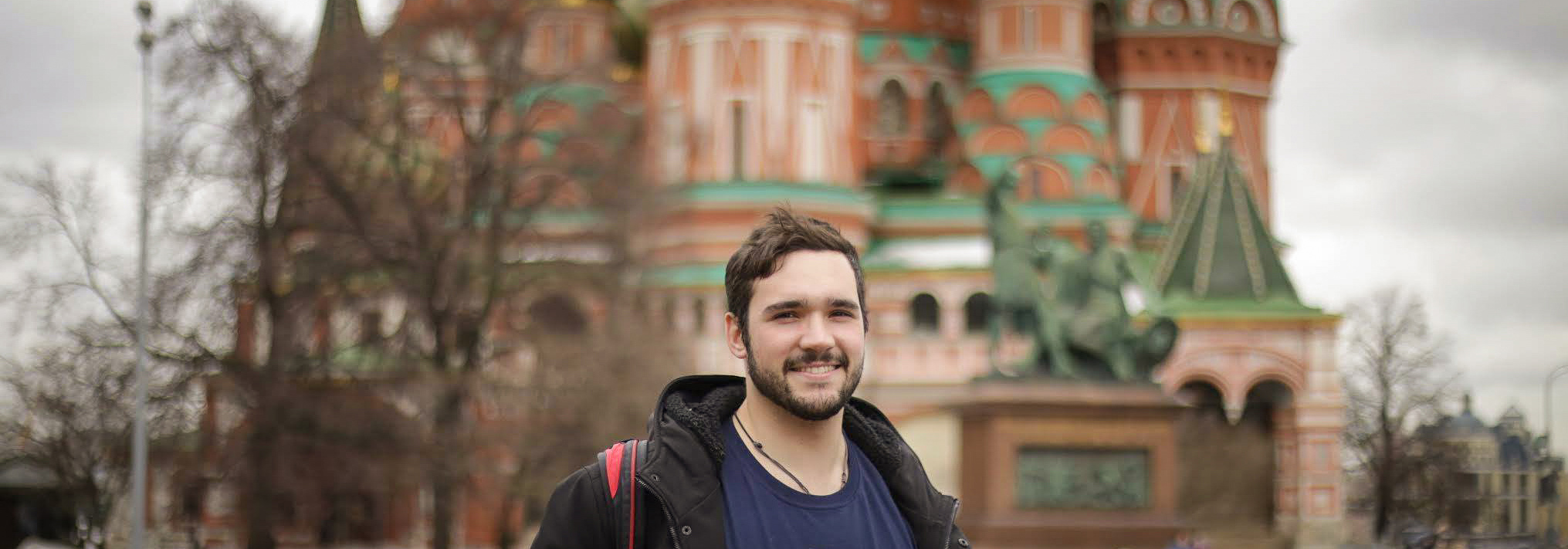RUSSIA
Moscow
Moscow is the heart of Russia. It is Russia’s capital and one of its oldest cities. It is the center of government, commerce, religion, science, education and culture. Its diverse art, music and literature are the result of 850 years of history. Its unique heritage and architecture are unmatched in all of Europe.
Moscow sits on the banks of Moskva River, in the northwest region of Russia. It is the largest and fastest growing city in Russia, spanning 386 square miles, with a population reaching 10 million. Moscow is famous for its museums, art galleries, cathedrals, shops, restaurants and night clubs. The Moscow Kremlin, Red Square and Old Arbat are at the center of this incredible city.
Moscow is at the forefront of social and economic change in Russia. A move from communism to capitalism, from authoritarian rule to democratic choice, from religious intolerance to freedom of worship, and from state controlled academia to privately funded research and education. The people of Moscow are energetic, welcoming, receptive to new ideas and eager to rejoin the world economy. There is no doubt that Moscow is one of the most exciting and fascinating cities in the world.
People’s Republic of Russia
The Russian Federation is the largest and one of the most diverse countries in the world. Russia is often associated with its European cities of Moscow and St. Petersburg. However, there is much more to Russia. The country spans eleven time zones and two continents, ending less than 50 miles from North America. Within this vast expanse lie the largest freshwater lakes in the world, rivers and forests teeming with fish and wildlife, awe inspiring volcanoes and towering mountains. Russia shares its border with numerous neighbors including Norway, Finland, Estonia, Latvia, Belarus, Ukraine, Poland, Georgia, Azerbaijan, Kazakhstan, China, Mongolia and Korea.
Russia has always been at the center of European, Asian and world politics and economics. Its influence during the Imperial, Soviet and Modern era has helped shape the world as we know it. With the collapse of the Soviet Union, Russia began transforming itself into a more democratic society with an economy based on market mechanisms and principles. Federal, state and local government is freely elected by the people; private ownership of property has been legalized; and large segments of the economy are now privately owned. In 2003, Russia passed Saudi Arabia as the world’s biggest oil producer, exporting two-thirds of the world’s energy.
Russian culture and society comprises a multitude of national and religious traditions. From the ancient Slavic and Ugro-Finnic tribes that gave Russia its European flavor, to Scandinavian Normans that produced regal dynasties, to Byzantine Empire that gave Russia Christian faith, to the Mongolic peoples that for many years subjugated this nation, Russia has withstood diverse social changes and flourished as a society. A society that experienced periods of magnificence and stagnation, periods of relative freedom and of total censorship, and periods of imperialism, communism, capitalism and democracy. Russia’s rich history produced enormous contributions to science, education, literature, music and art. In recent years there has been a resurgence of interest in Russia’s pre-Soviet past. Churches are being restored all across the country, great Russian writers and artists whose works were banned are now being honored, and the individual character of ancient cities and communities is once again becoming established. Today, Russia is a society of immense diversity and vitality.
QUICK FACTS
- Population of Russia: 141 million
- Population of Moscow: 10 million
- Official Language: Russian
- Currency: Ruble (RUB)
- Local time in Moscow: GMT+3
- High temp in Moscow: July: 74°F
- Low temp in Moscow: January: -6°F







